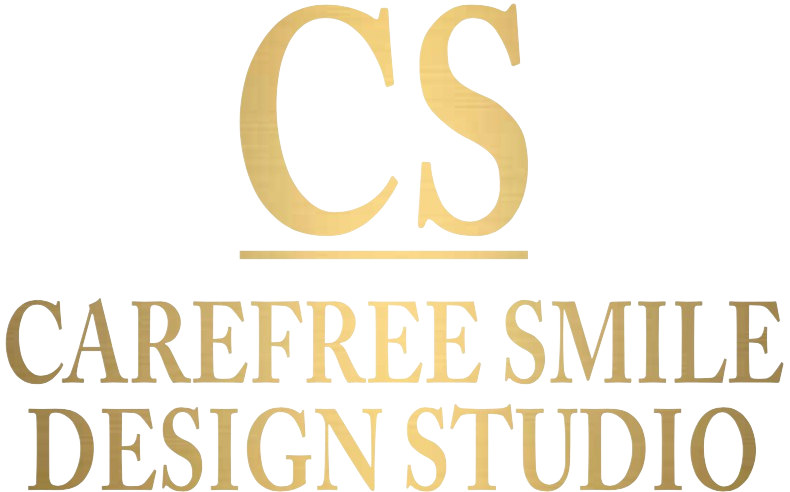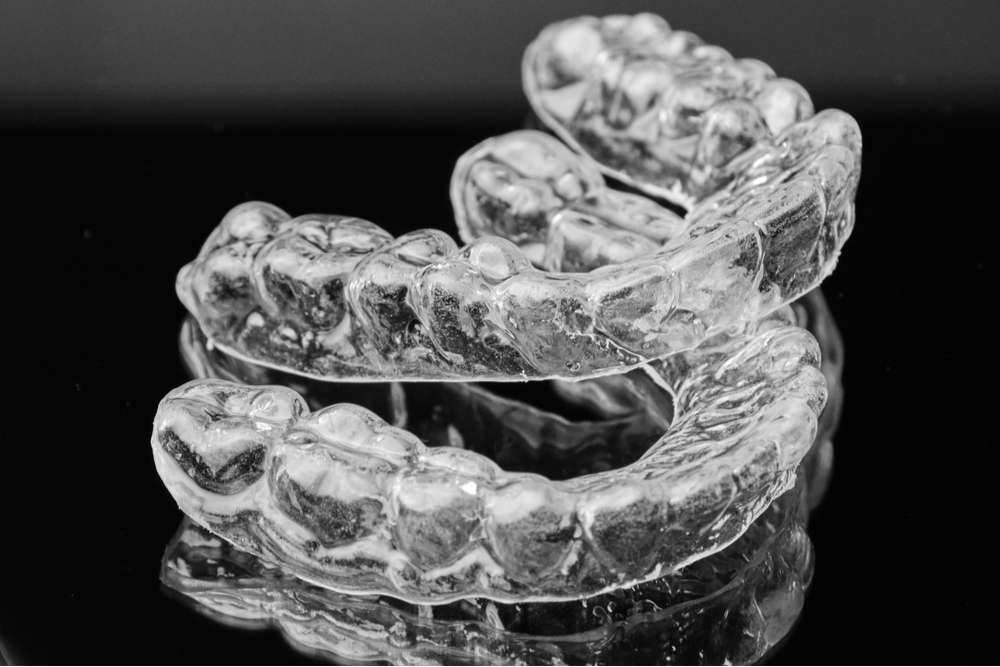Obstructive sleep apnea (OSA) occurs when the upper airway becomes narrowed or collapses during sleep, preventing some or all of the air from flowing. Certain people may be at a higher risk of developing OSA, such as those who have a large tongue or tonsils, are male, are older, or who are obese.
Did you know…
There are two types of sleep apnea: obstructive and central. Obstructive sleep apnea is by far the most commonly occurring type and it makes up 80% of sleep-disordered breathing cases in the U.S, according to the American Dental Association.
Our practice makes an oral appliance specifically for your mouth to treat sleep apnea in a comfortable and effective way. Oral appliances hold the jaw slightly forward to maintain the open airway by preventing tongue collapse into the back of the throat.
Am I a candidate for oral appliance therapy for obstructive sleep apnea?
You may be a candidate for oral appliance therapy if you are experiencing symptoms of obstructive sleep apnea, such as:
- sleepiness during the day
- sleep disruption (you sleep for shorter periods of time and/or wake up frequently at night)
- loud or heavy snoring
- morning headaches or dry mouth upon waking
- your symptoms have worsened with age
You may also be a candidate for oral appliance therapy if you are overweight or have large tonsils. Finally, you may be an ideal candidate for oral appliance therapy if you have been diagnosed with sleep apnea but do not like wearing a CPAP device.
Some benefits of oral appliance therapy include:
- improves symptoms of OSA
- offers another effective option for those who cannot tolerate CPAP
- does not require electricity
- is quiet
- can be easily taken along when traveling
What can I expect when undergoing sleep apnea treatment with oral appliance therapy?
The sleep dentistry process involves a few key steps. The first step is to take an impression of your upper and lower teeth so that a dental lab can produce a perfectly-fitted oral appliance. In most cases, it takes up to two weeks to custom-make sleep apnea oral appliances. Once you have your appliance, we will check the fit and make minor adjustments as needed. You will start wearing your oral sleep appliance every night from that point on. In some cases, future appointments may be needed to make adjustments.

